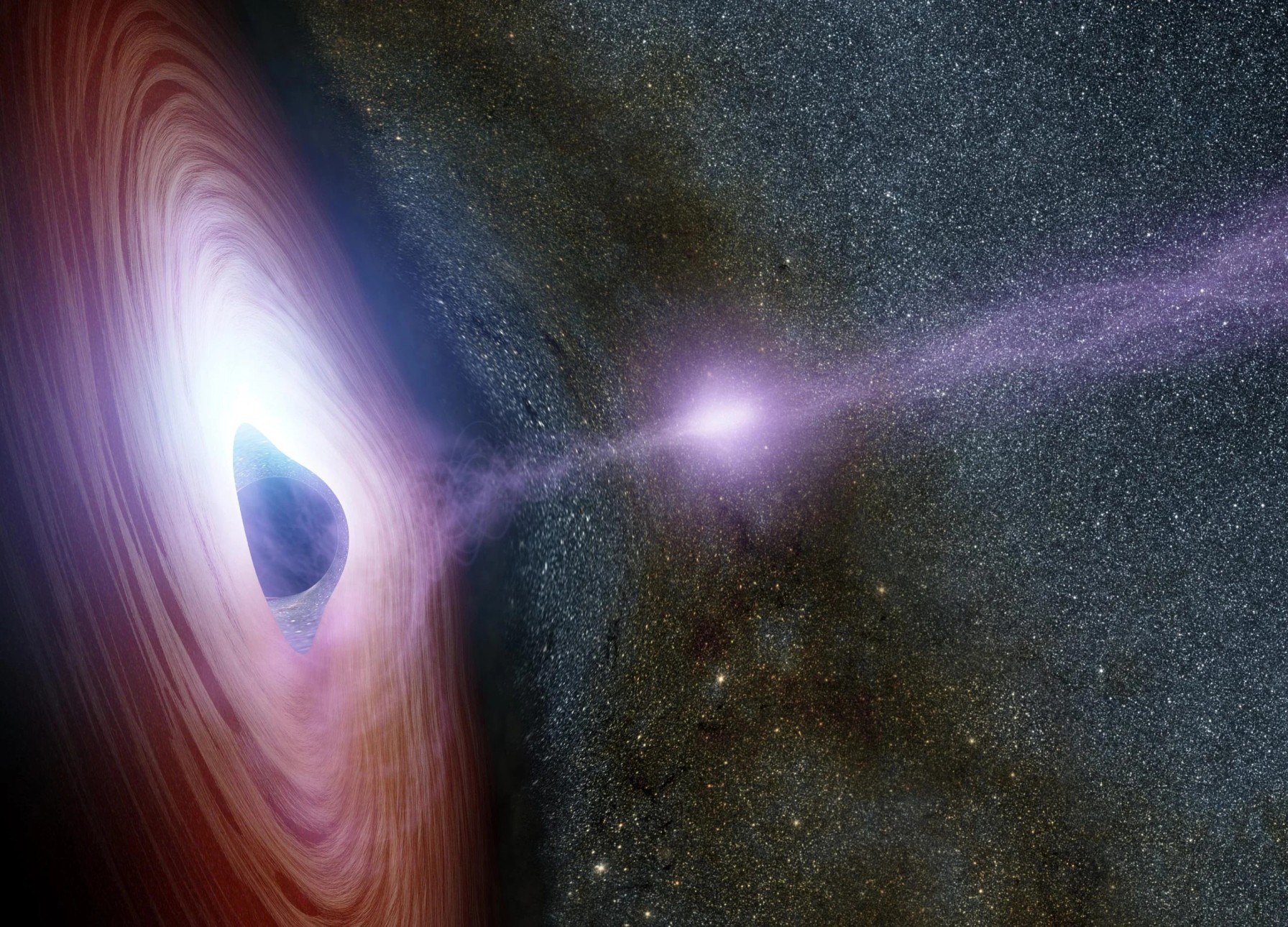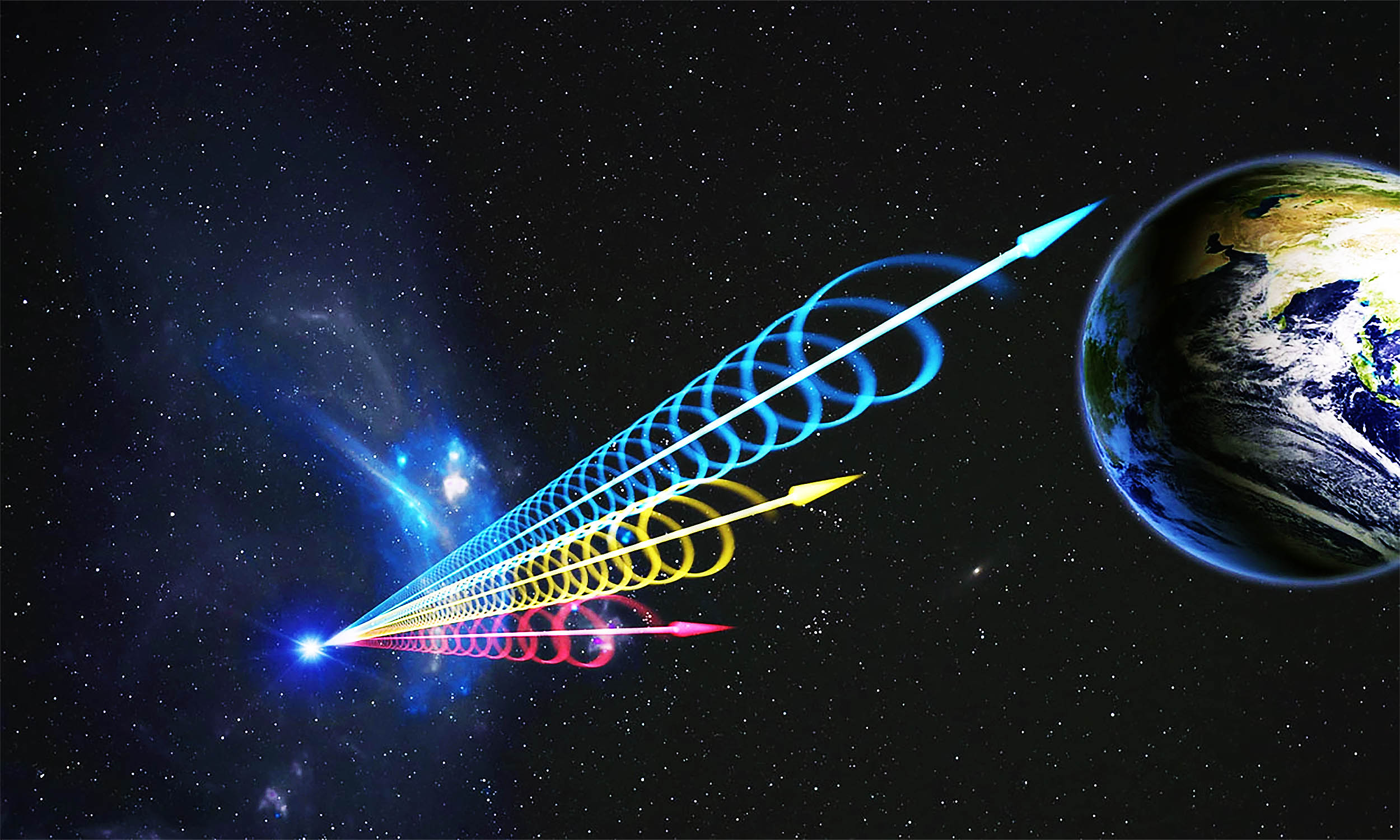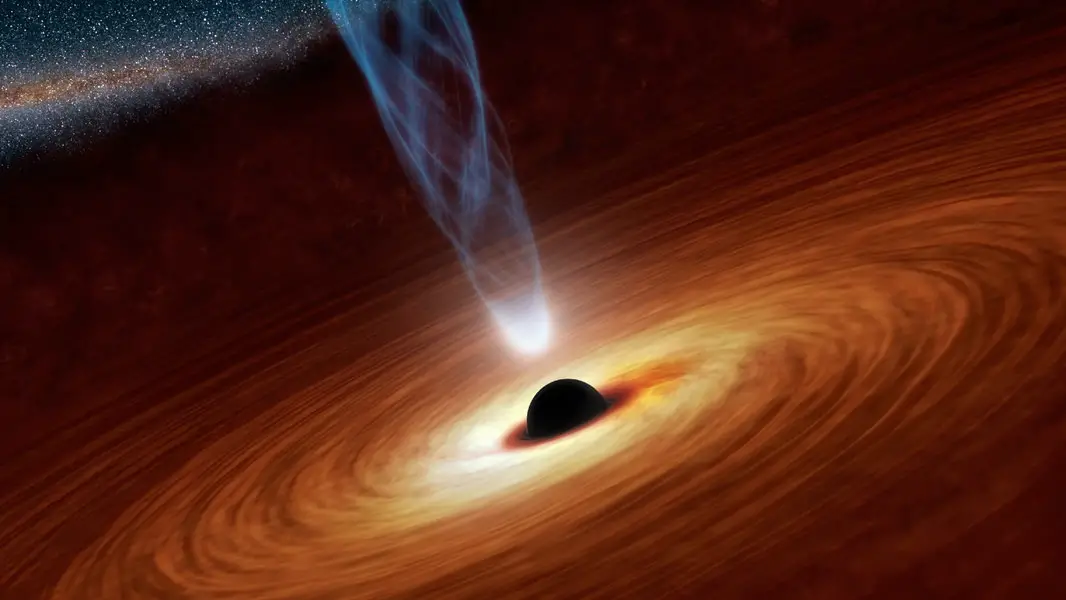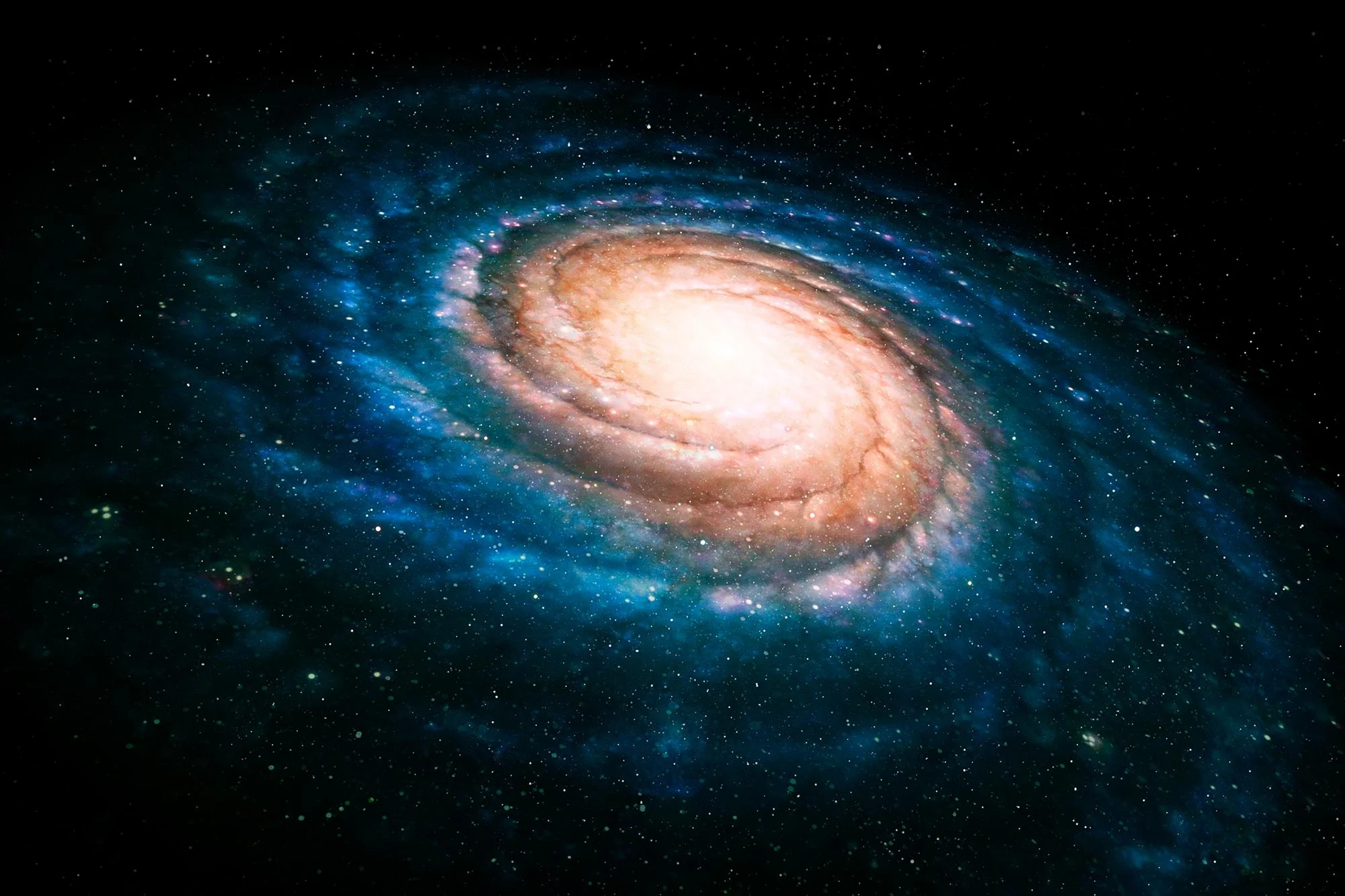TRAPPIST-1, a tiny star just 39 light-years away, hosts seven Earth-sized worlds.
Key Takeaways:
- Scientists have discovered seven Earth-sized exoplanets orbiting the ultracool dwarf star TRAPPIST-1.
- Three of these planets lie in the habitable zone, where liquid water could potentially exist.
- The system is only 39 light-years away, making it one of the best places to search for alien life.
- Future telescopes like James Webb will analyze the planets’ atmospheres for biosignatures.
- Red dwarfs like TRAPPIST-1 are common in the galaxy, suggesting many more such systems may exist.
_______
A Nearby Star with Seven Earth-Sized Worlds
In a groundbreaking discovery, astronomers have identified seven Earth-sized exoplanets orbiting TRAPPIST-1, a dim, ultracool red dwarf star just 39 light-years away. Initially, scientists using the ESO’s TRAPPIST telescope detected three planets in 2016, but further observations with NASA’s Spitzer Space Telescope and the ESO’s Very Large Telescope revealed four more, bringing the total to seven. A study published in Nature highlights that six of these planets are likely rocky, and three—TRAPPIST-1e, 1f, and 1g—are in the “Goldilocks Zone,” where conditions could allow for liquid water and possibly life.
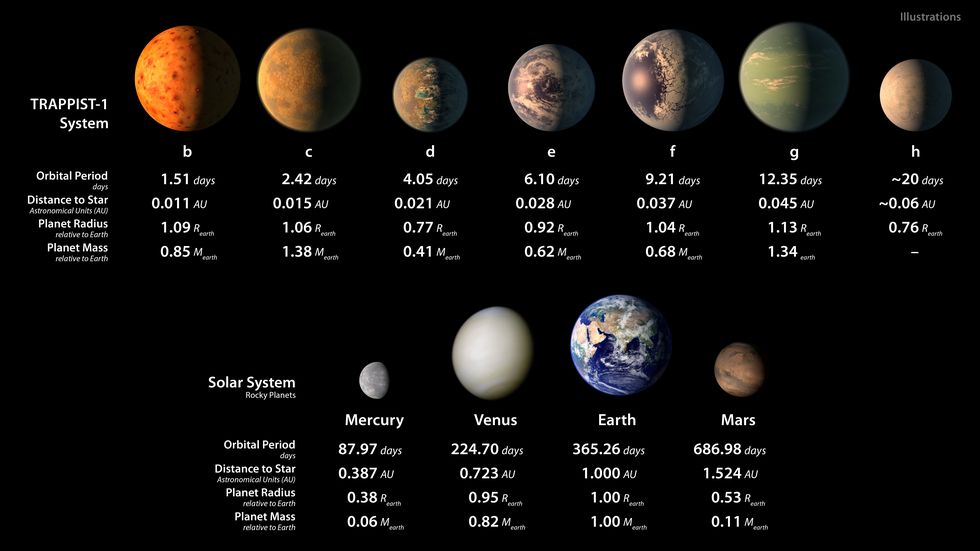
A Unique System and the Search for Life
TRAPPIST-1 is much smaller and cooler than our Sun, with a surface temperature of about 2,550 Kelvin, compared to the Sun’s 5,800 Kelvin. The planets orbit extremely close to their host star—closer than Mercury does to the Sun—yet still receive similar amounts of energy as Earth, thanks to TRAPPIST-1’s dimness. If someone stood on one of these planets, they would see neighboring worlds appearing larger than the Moon in our sky.
However, potential habitability comes with challenges. These planets may be tidally locked, meaning one side always faces the star while the other remains in darkness. Additionally, some red dwarfs emit strong radiation, which could strip away planetary atmospheres. Fortunately, TRAPPIST-1 appears relatively quiet, increasing the chances of stable conditions for life.
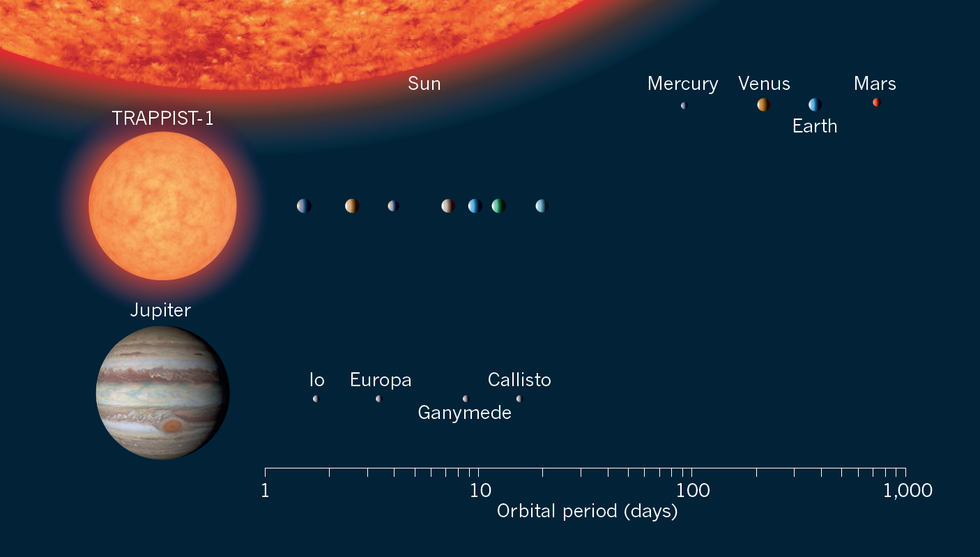
Scientists plan to study these planets further using the James Webb Space Telescope (JWST), set to launch soon, along with the Giant Magellan Telescope in Chile. By analyzing light passing through the planets’ atmospheres, astronomers hope to detect gases like oxygen, methane, or water vapor—potential signs of life. Hubble data already suggests the inner planets lack thick hydrogen atmospheres, confirming they are rocky like Earth.
While traveling to TRAPPIST-1 is currently beyond our reach, its discovery is a promising step in the search for extraterrestrial life. Given that red dwarfs make up 85% of the Milky Way’s stars, systems like TRAPPIST-1 may be common, raising the exciting possibility that many habitable planets exist in our galaxy.

